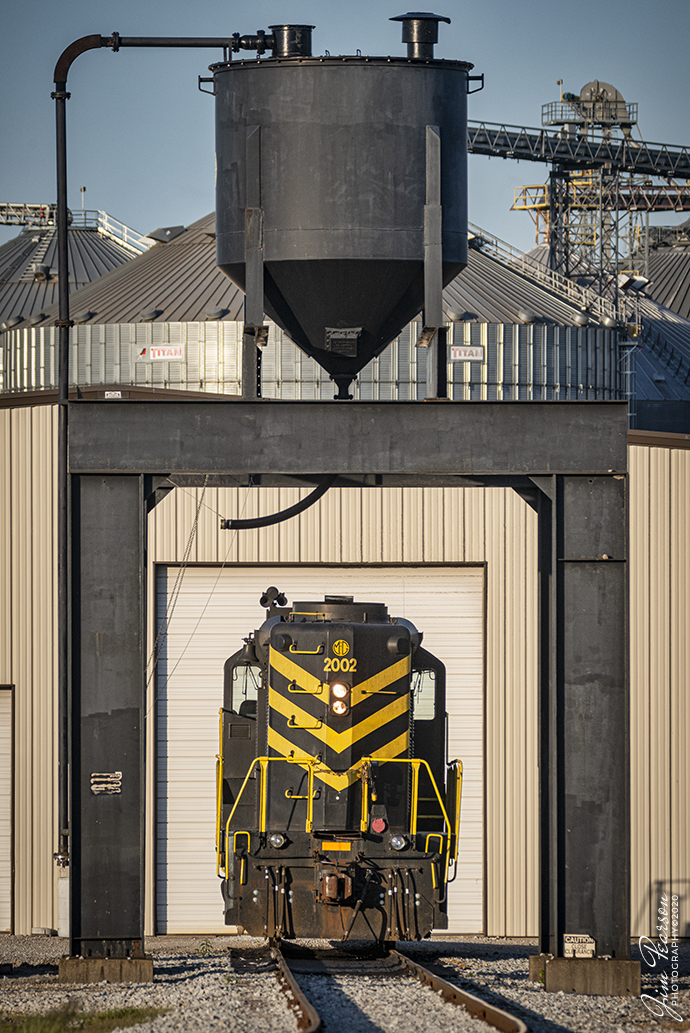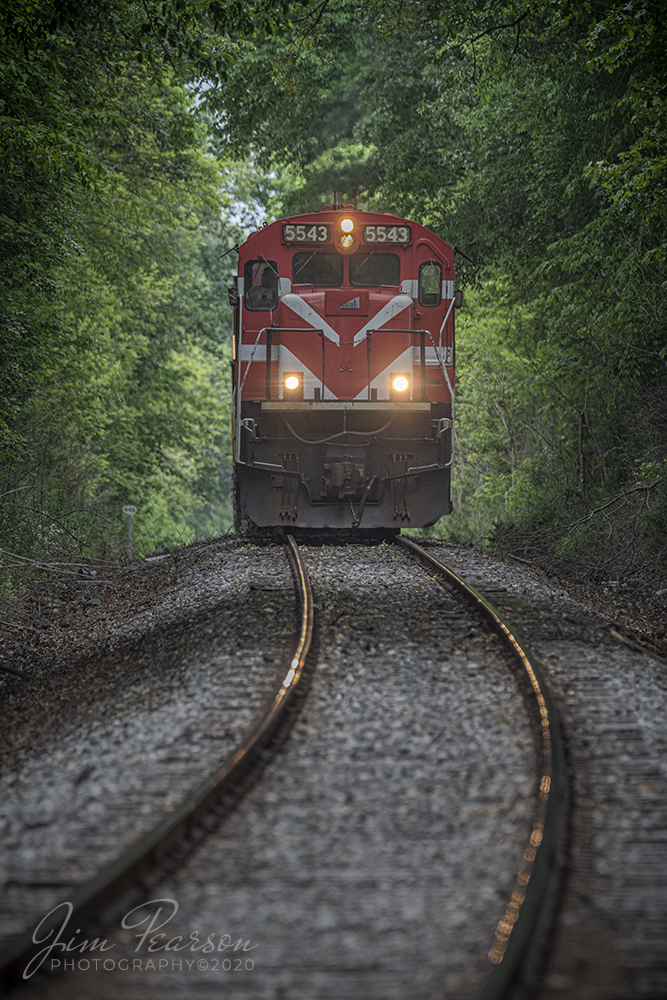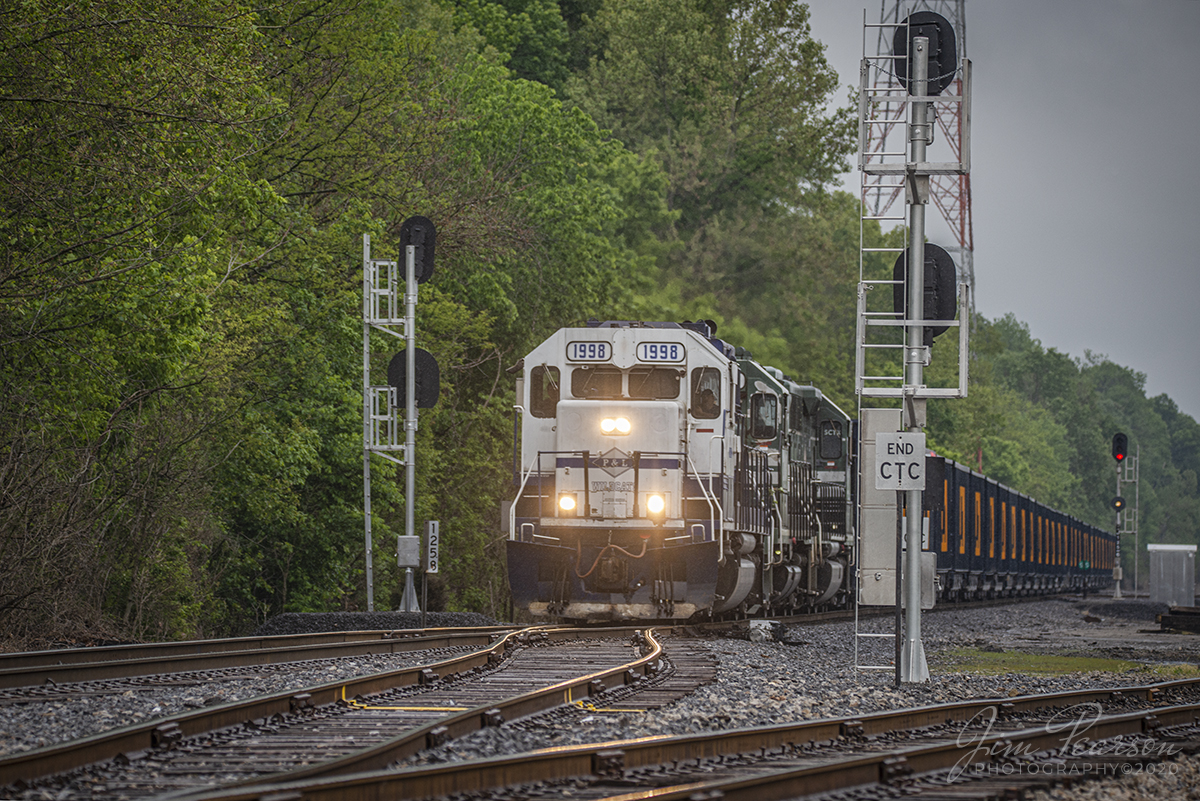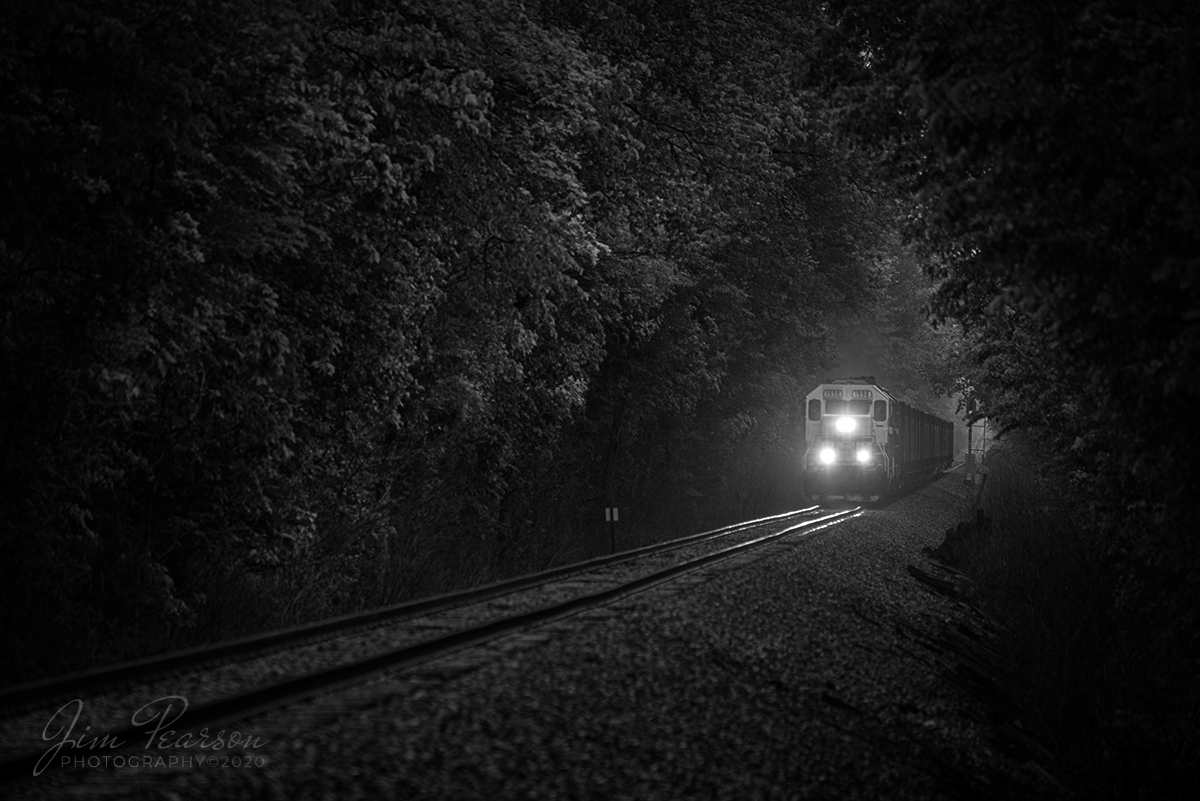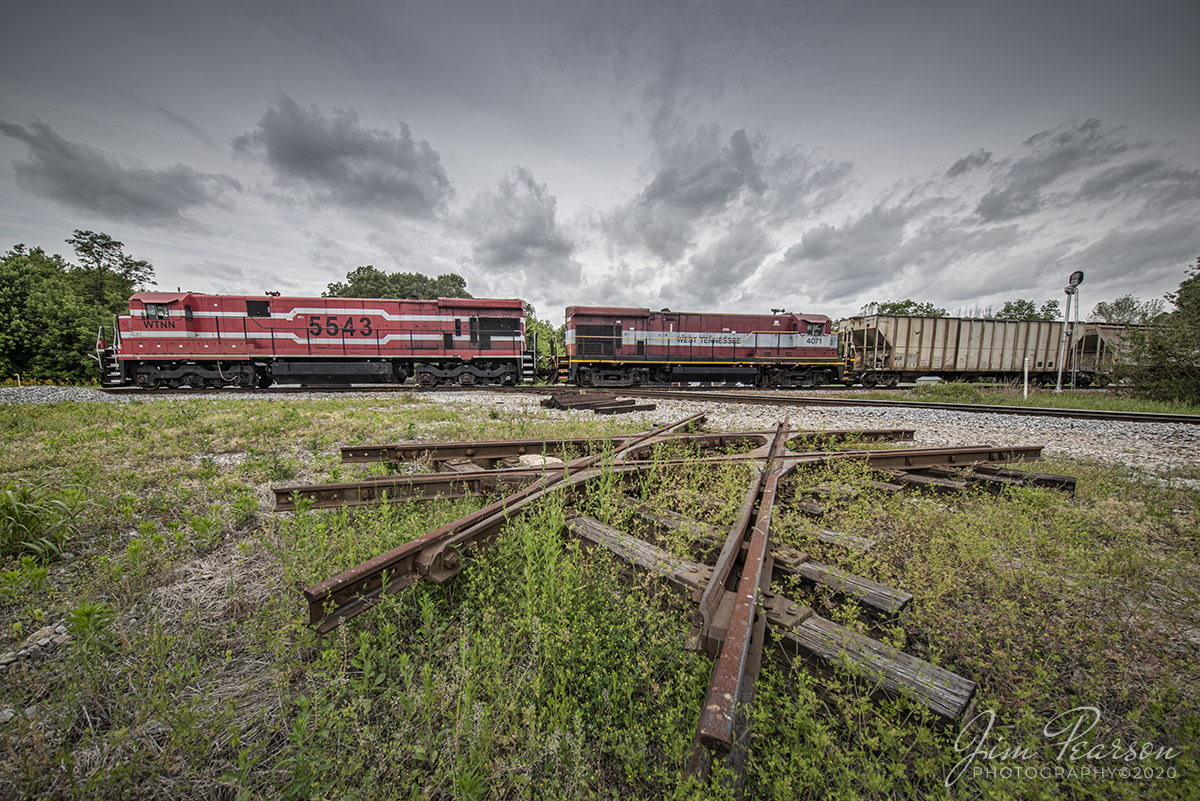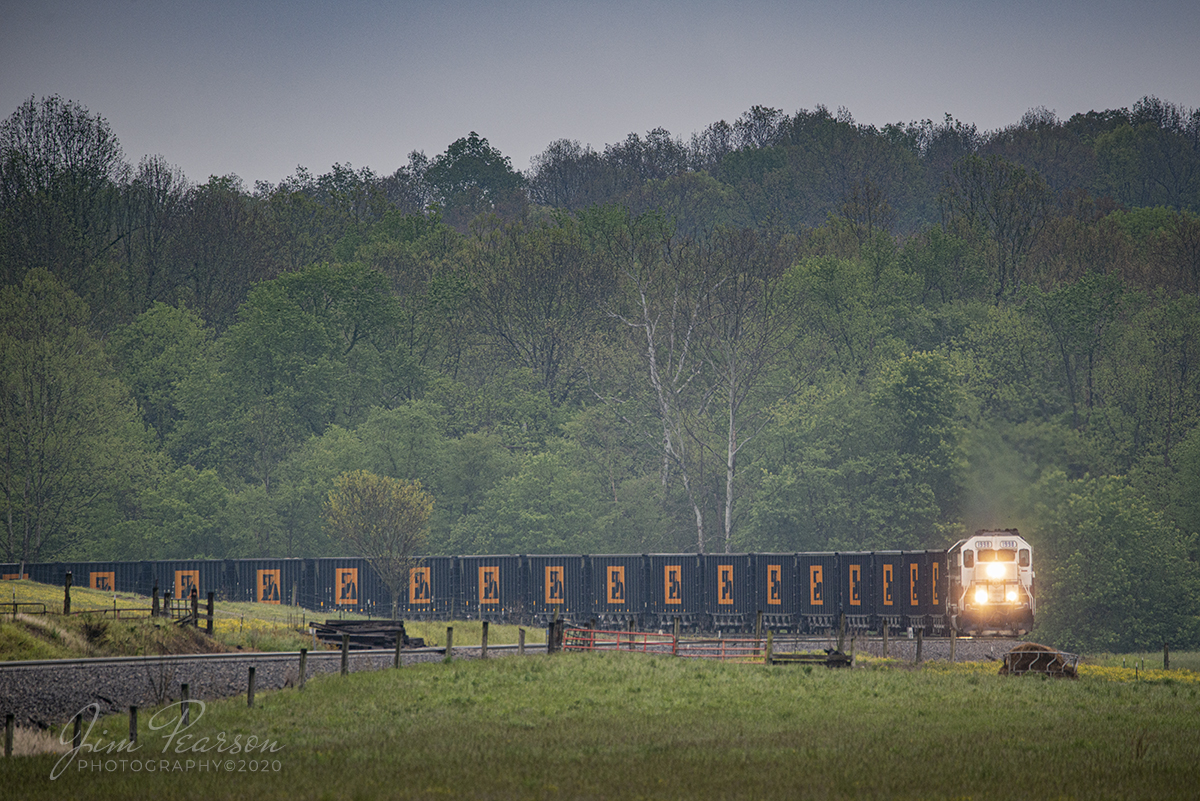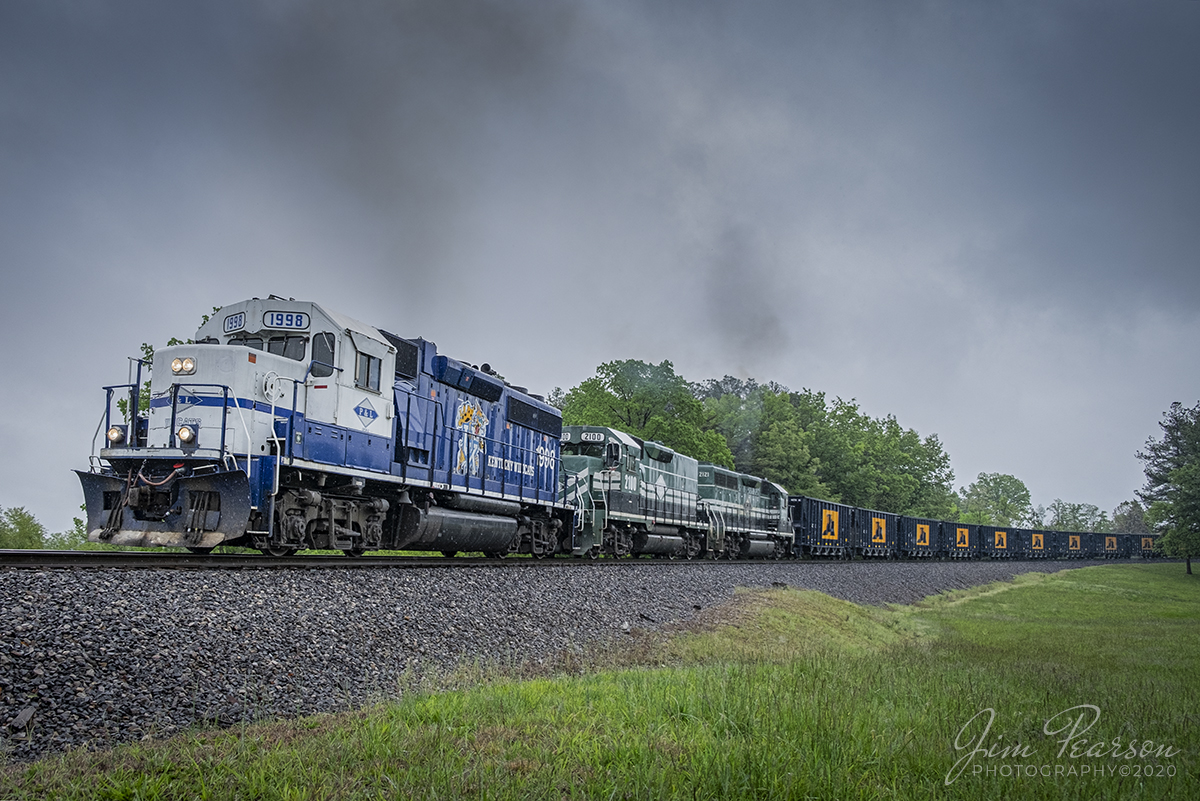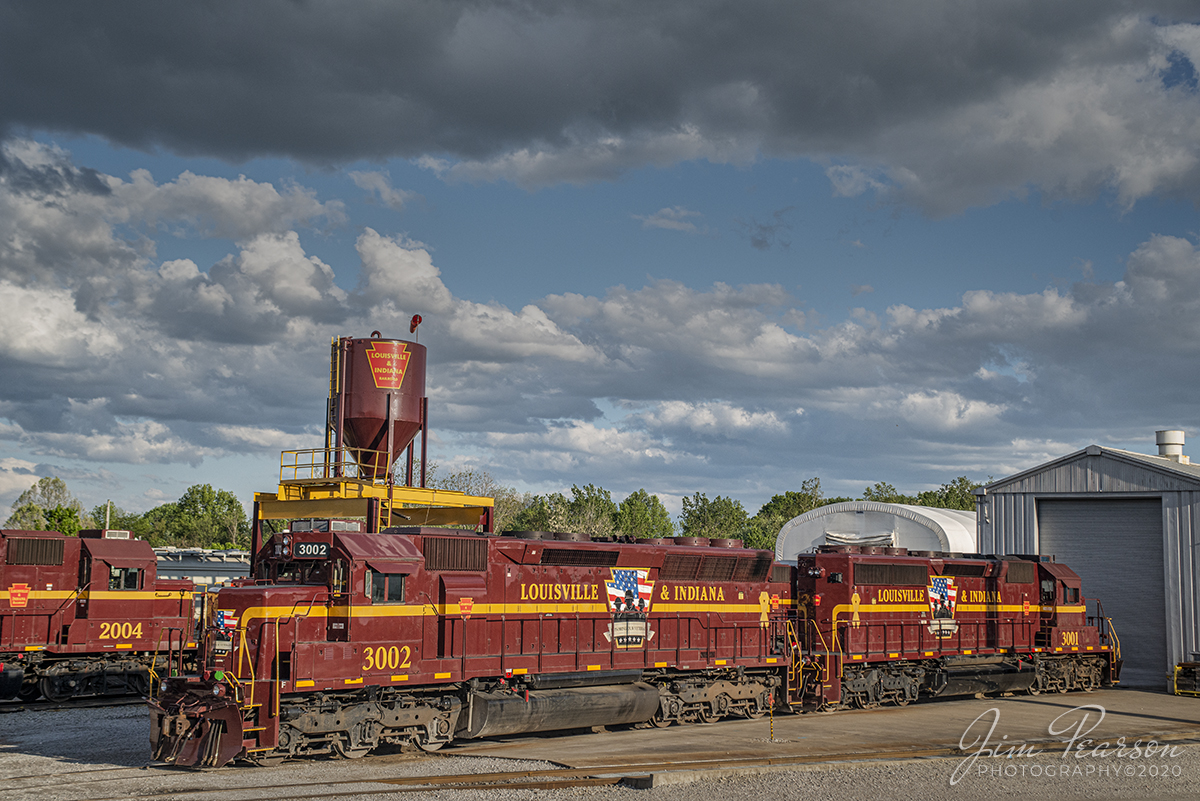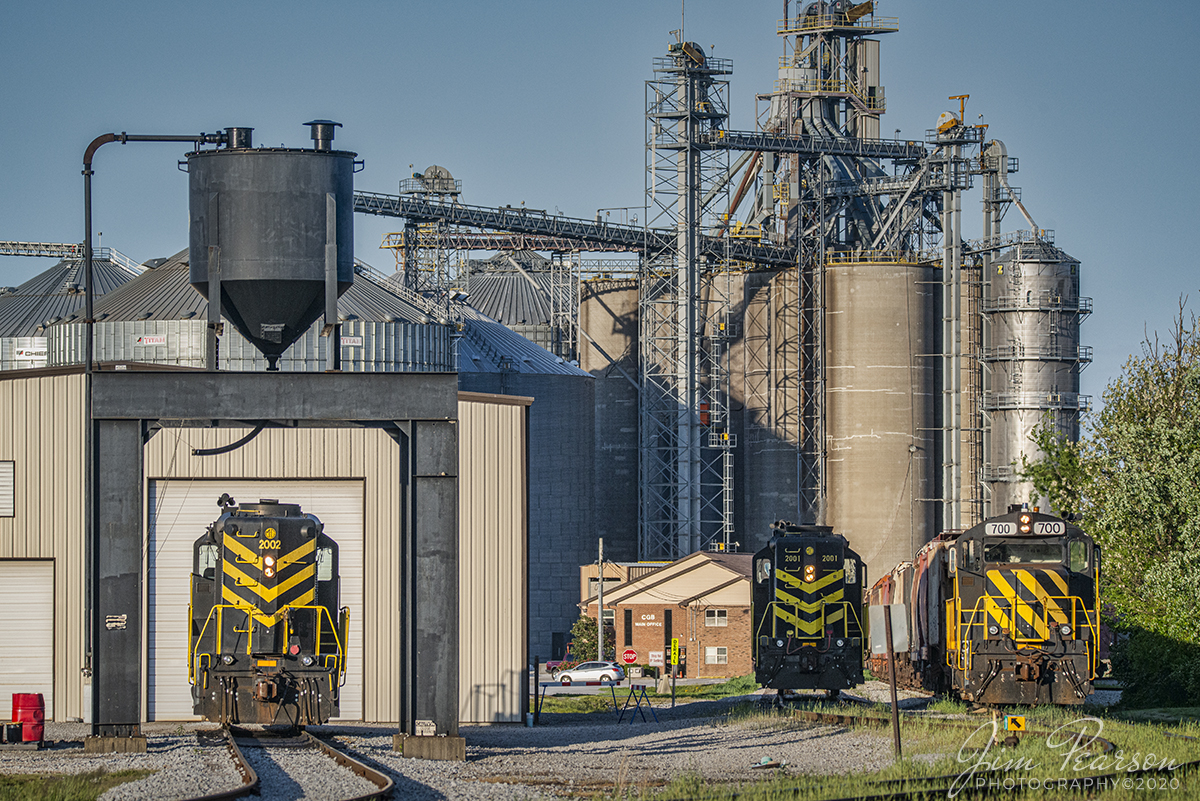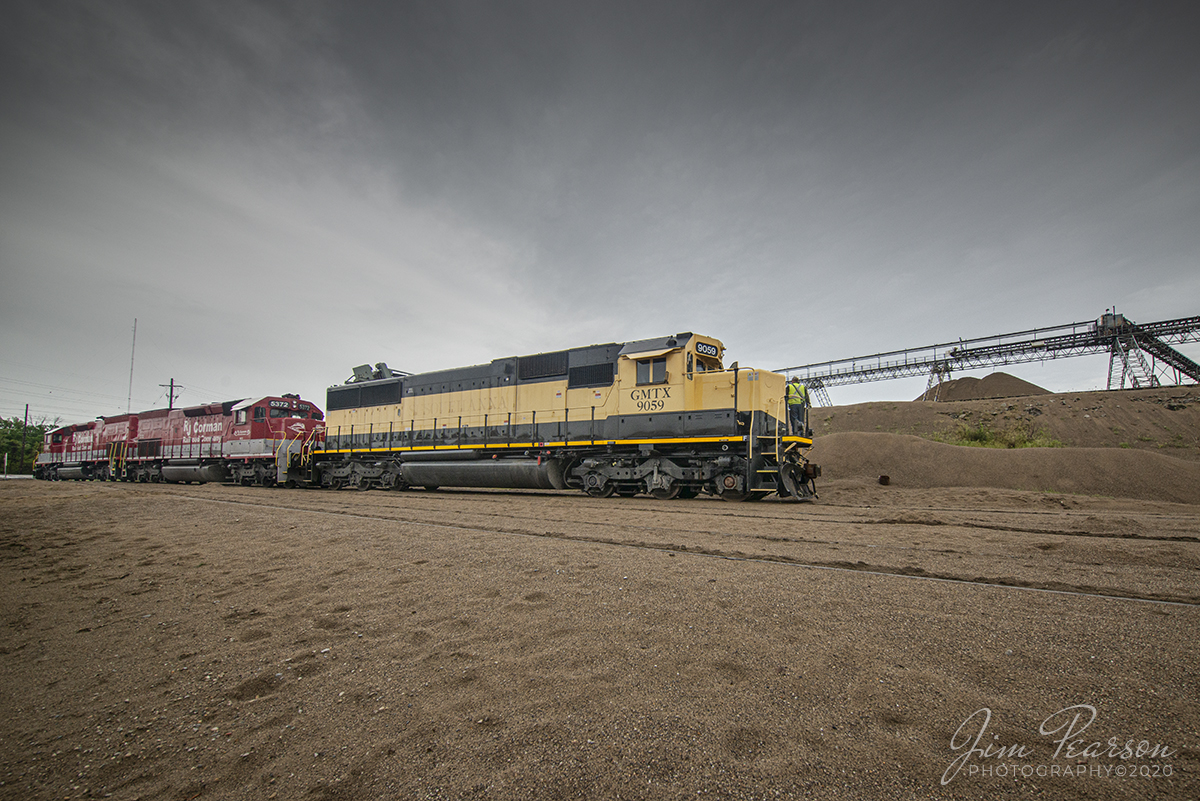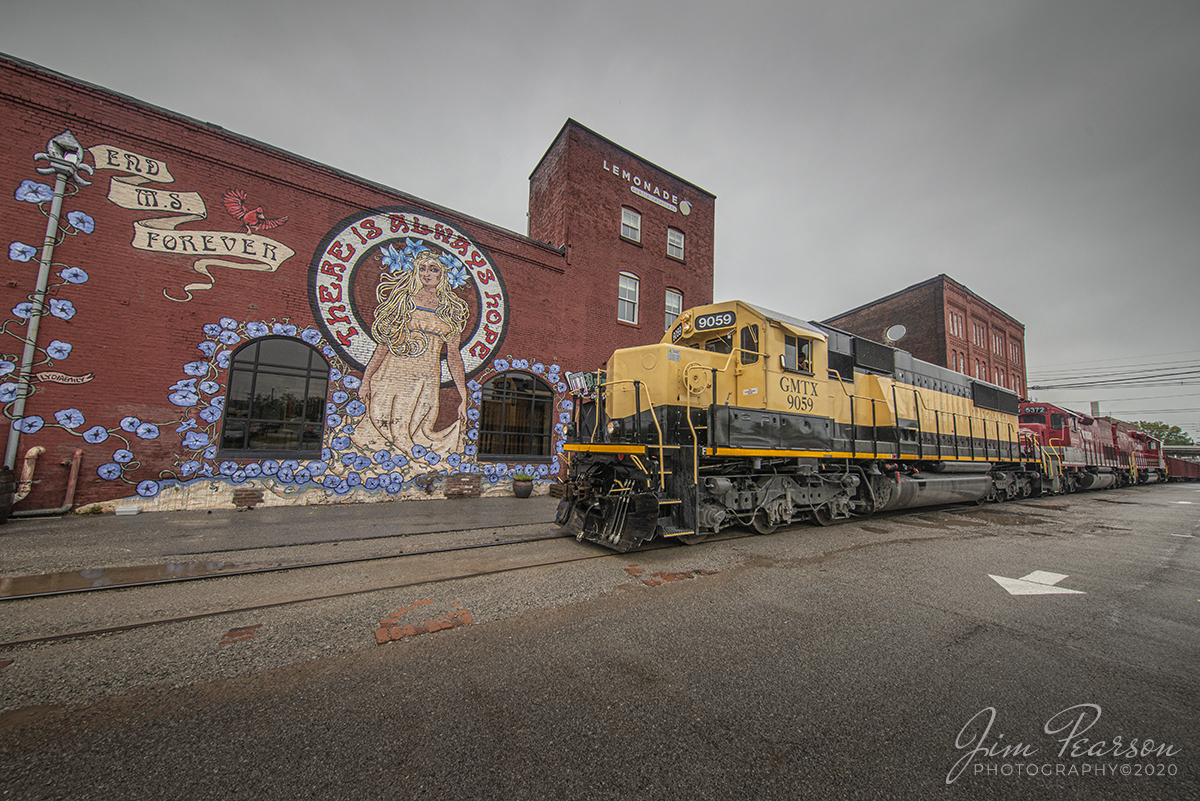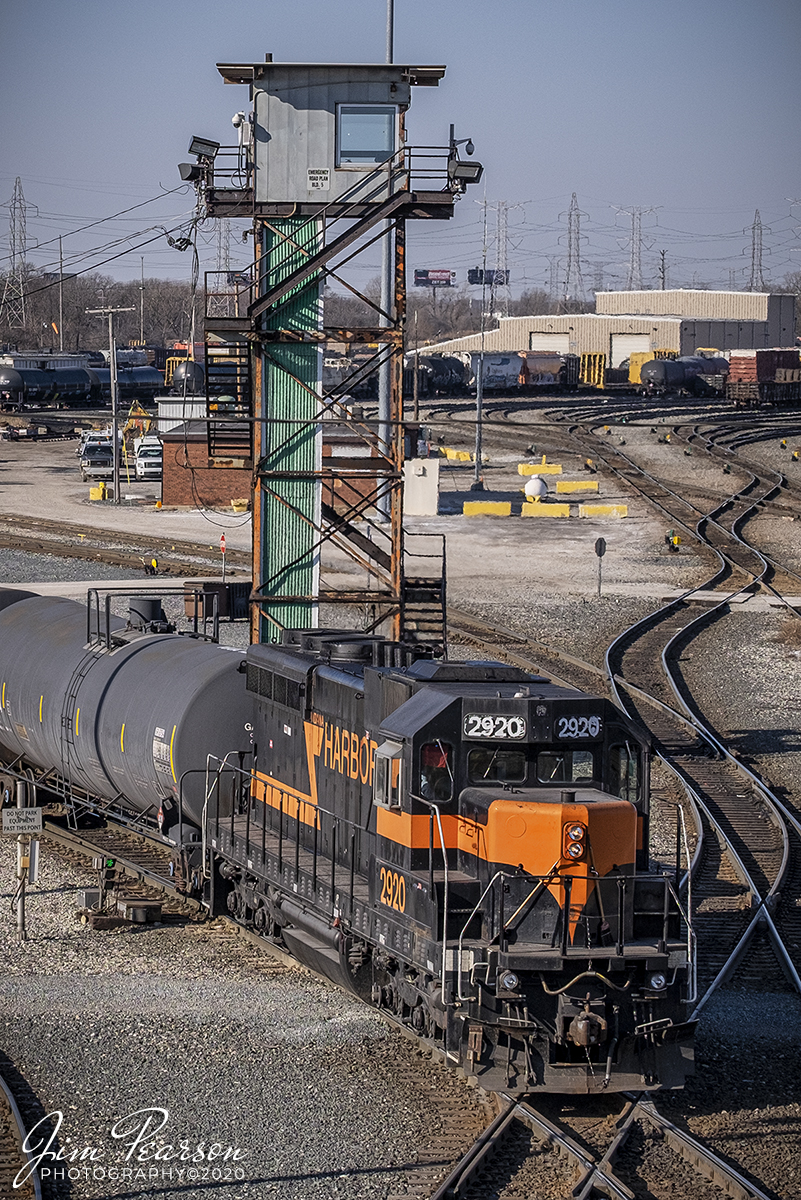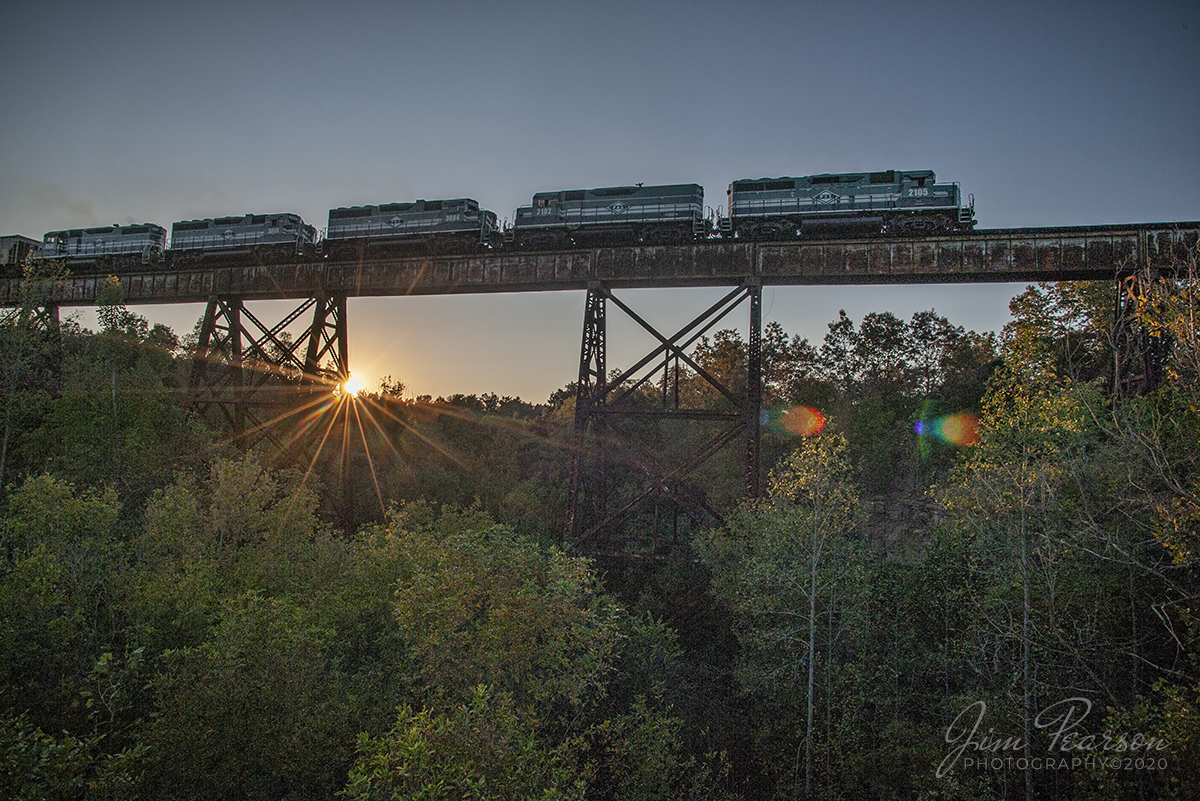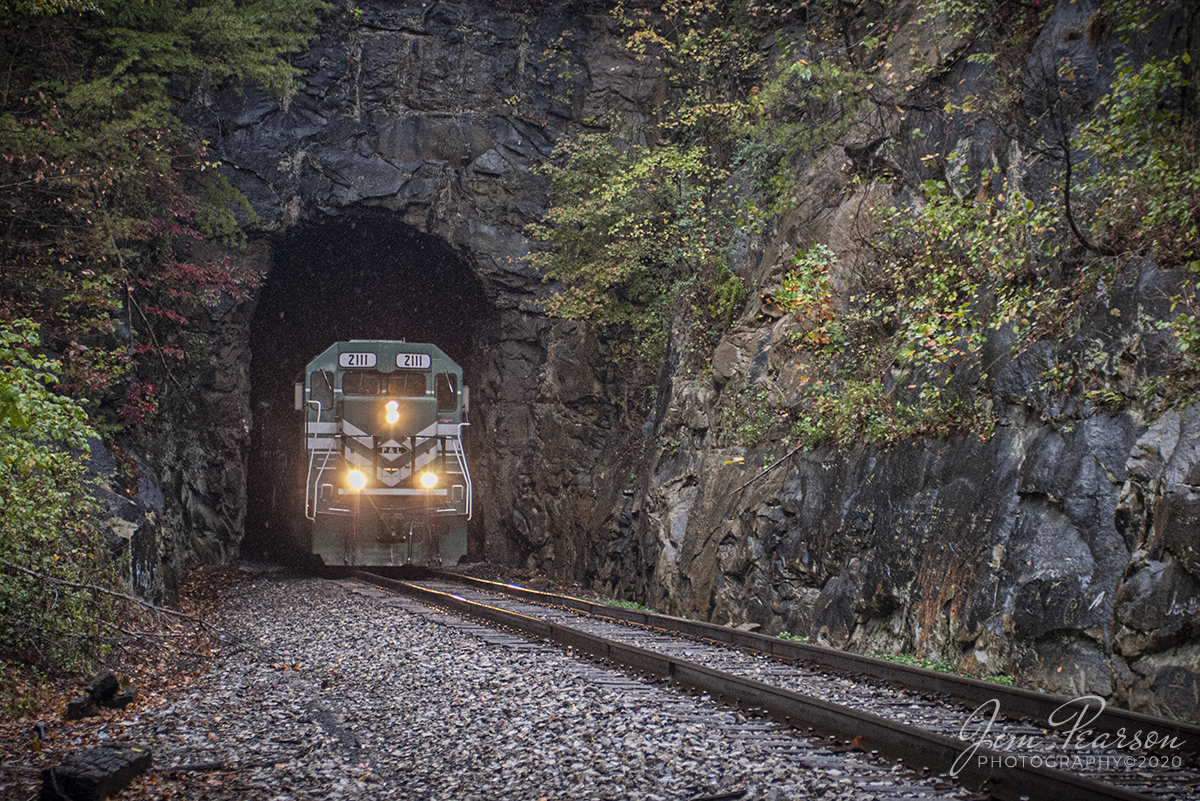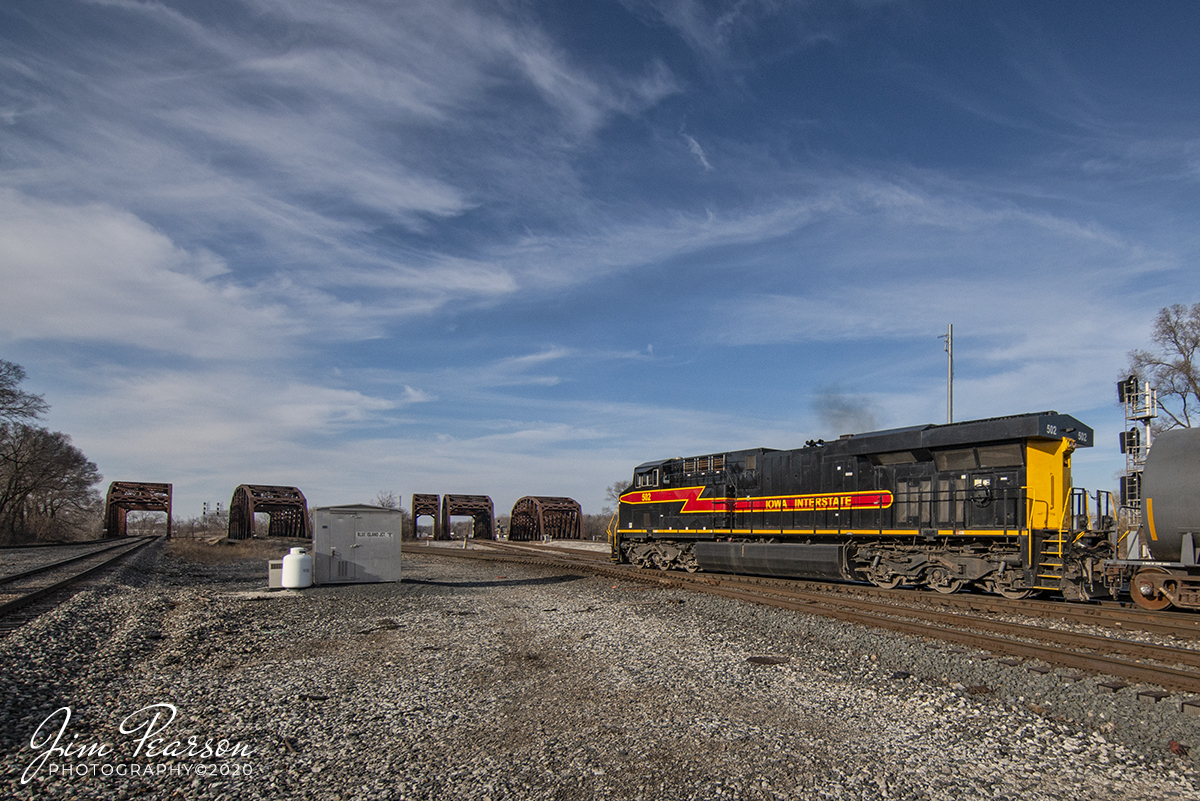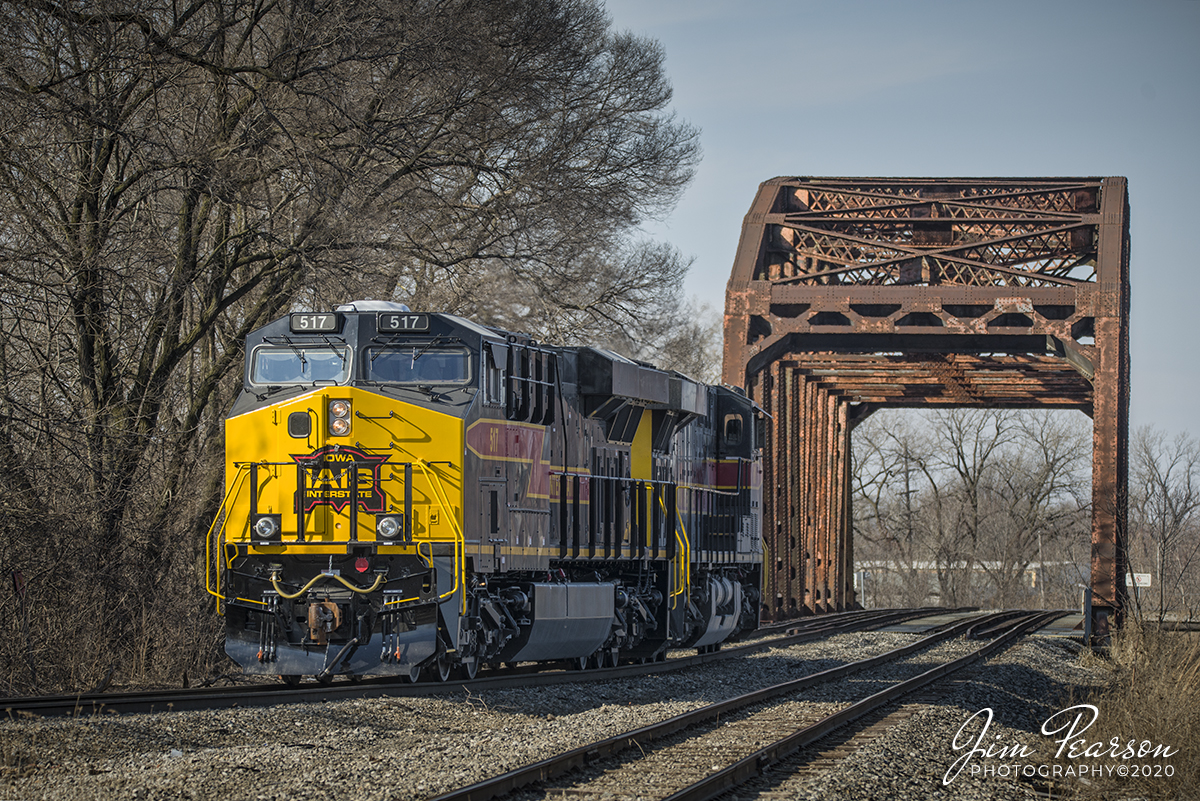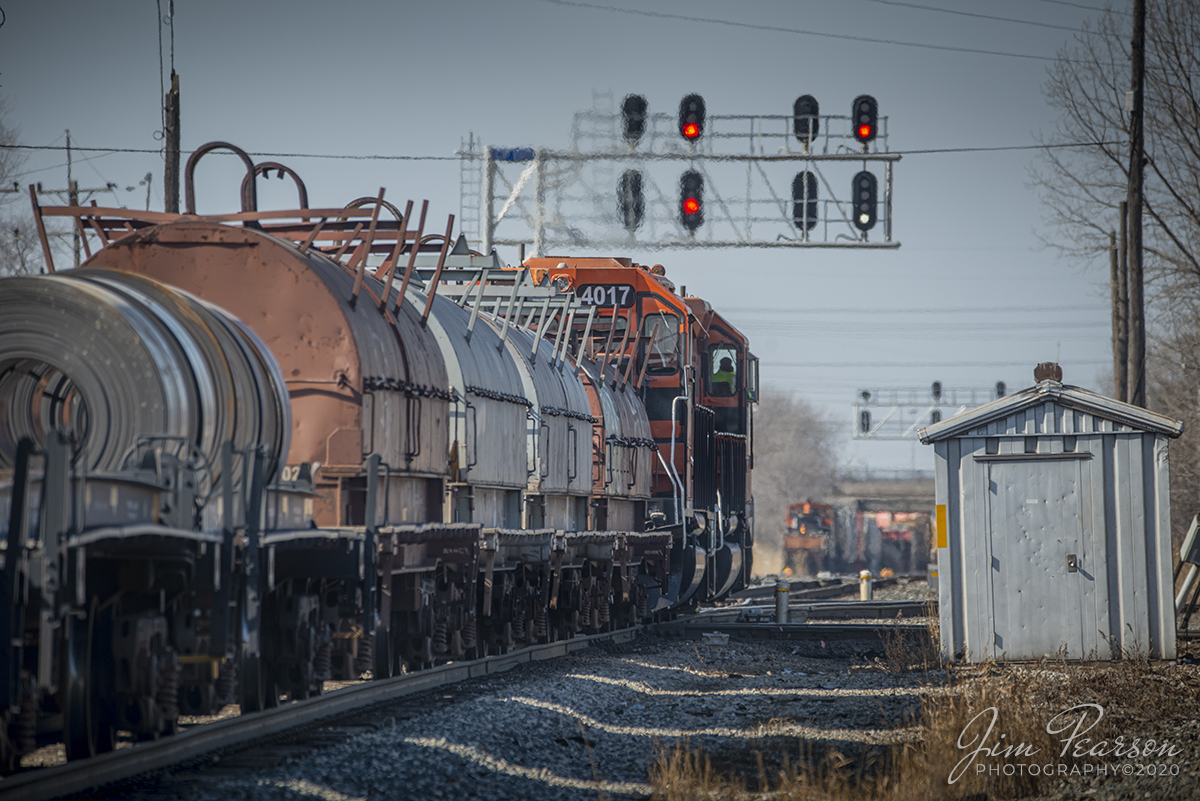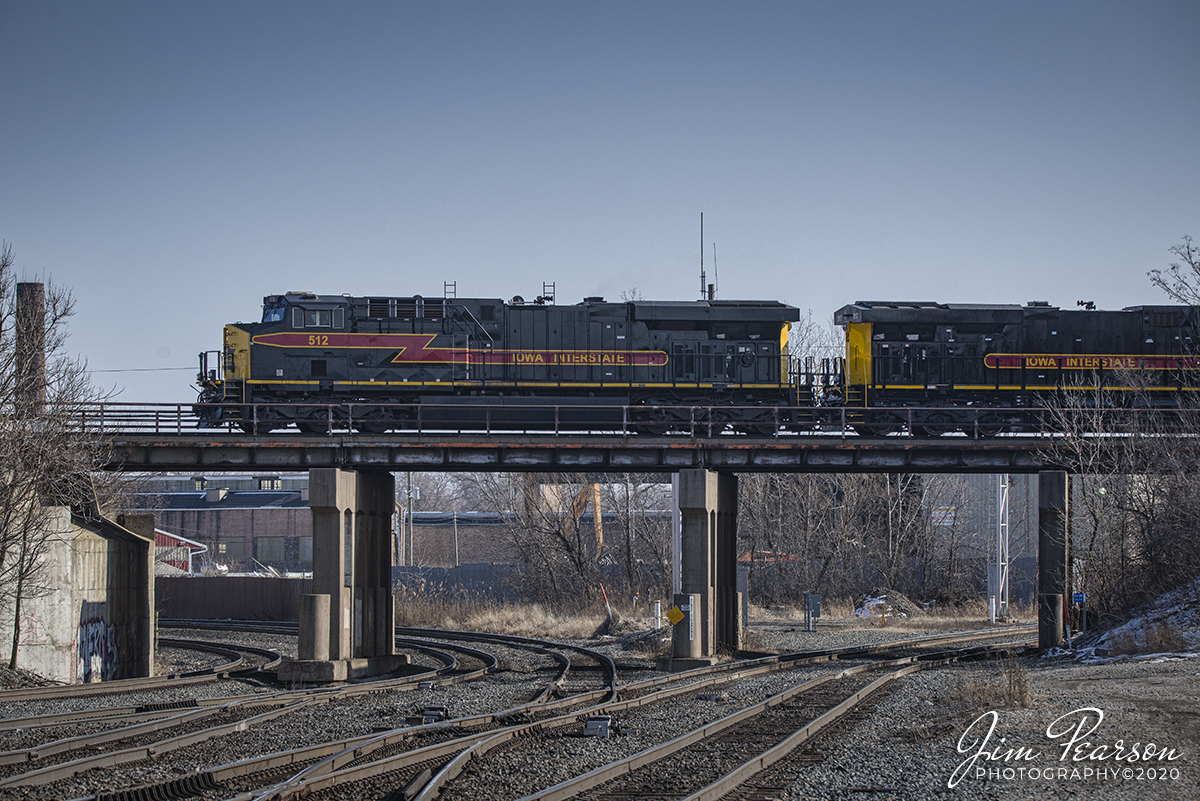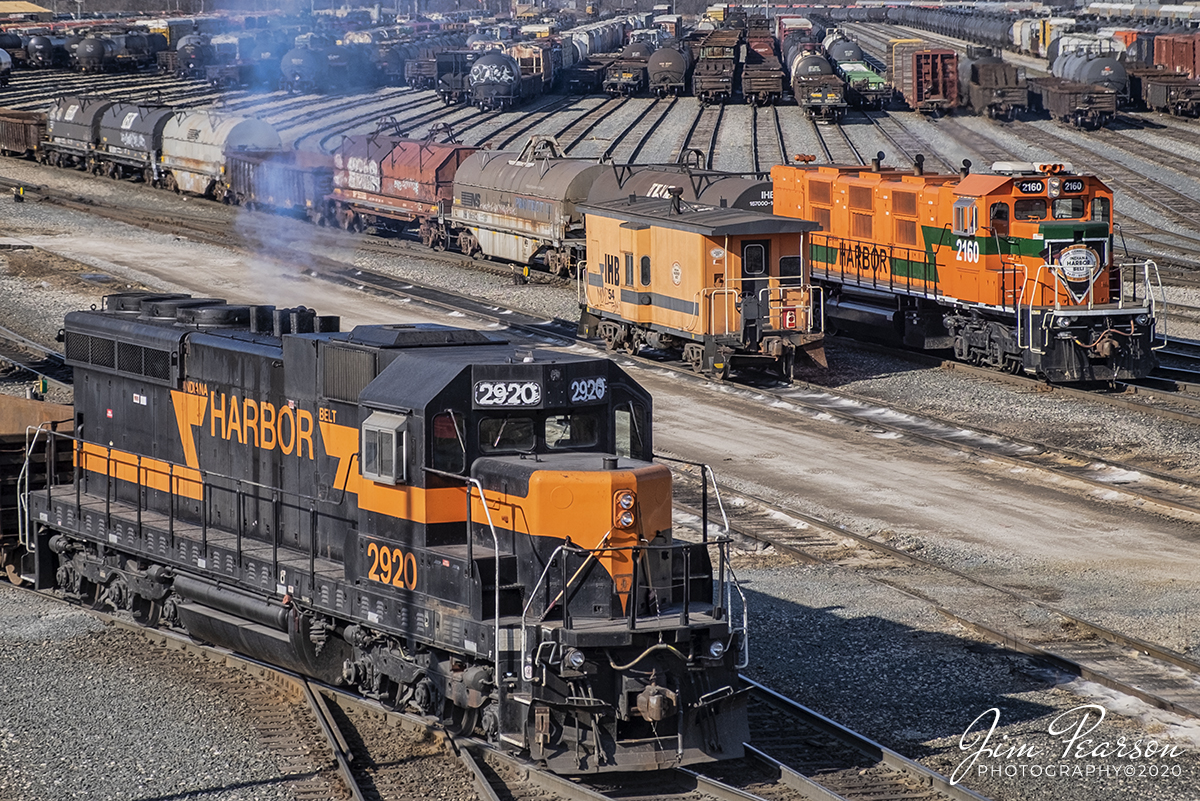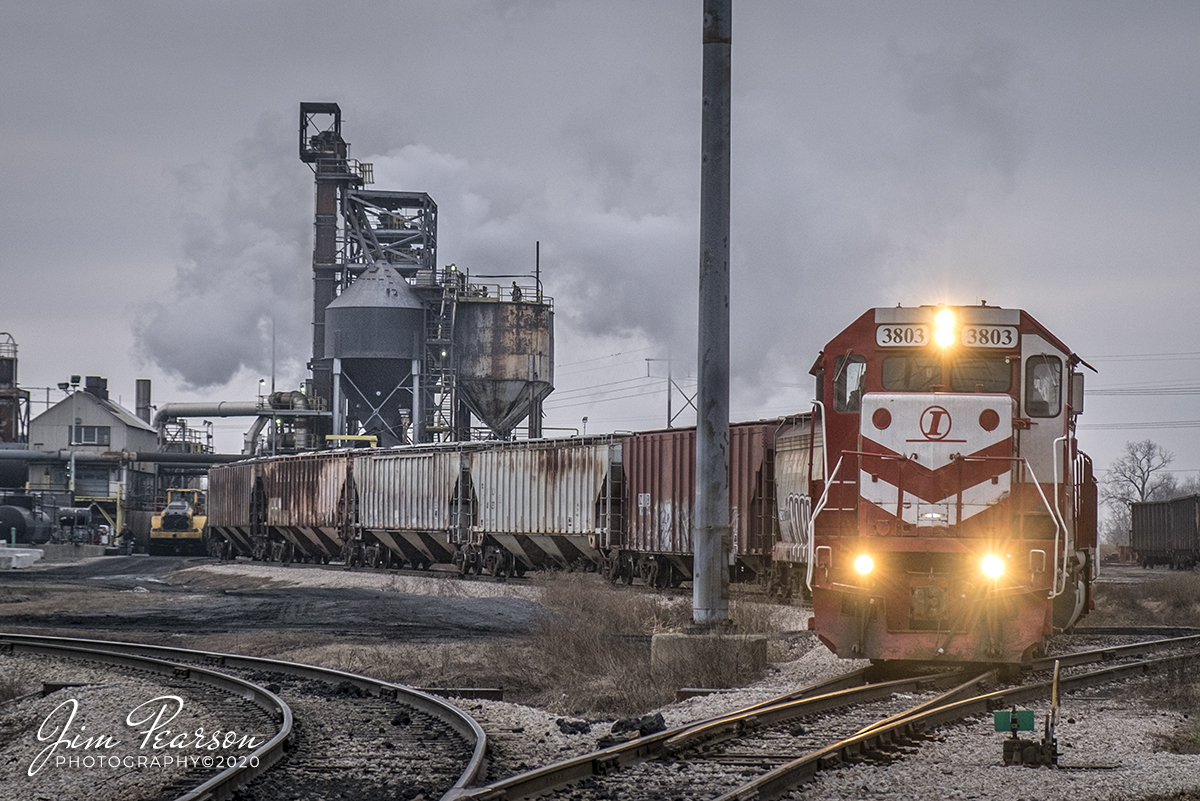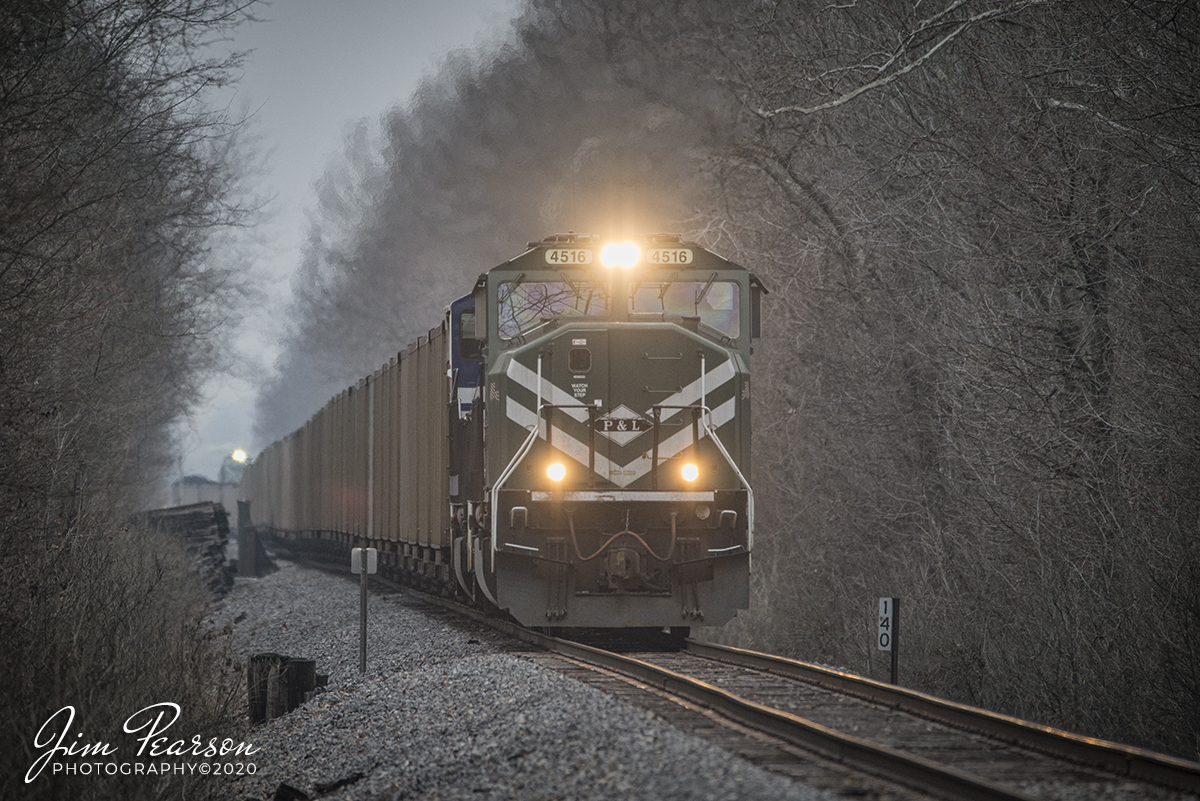February 22, 2020 – Indiana Harbor Belt (IHB) 2920 (SD20 backs into the Blue Island Rail Yard at Riverdale, Illinois, past the old control tower, as it works on building a train. From what I find online the unit was built in 1959 and was rebuilt by Illinois Central in 1980 from IC 2010. Then it went to NRE in 2/95, and was leased to IHB 9/96, before being purchased by IHB 6/2007.
According to the IHB Website: The Indiana Harbor Belt Railroad is the largest switch carrier in the U.S. with 54 miles of mainline track (24 miles of which is double main track) and 266 miles of additional yard and siding track.
The IHB provides a wide variety of services, including industrial switching with 160 customers, generating 170,000 carloads of business annually. The IHB interchanges daily with 16 other rail carriers in Chicago. A growing fleet of approximately 1,400 freight cars is geared predominately to the steel industry. The industrial traffic base includes 4 of the 5 largest steel producers in the U.S. and a large aluminum processor, oil refineries, corn millers, grain elevators, chemical plants, warehouses, lumber transloading, and bulk transfer operations. IHB’s industrial traffic consists of 38% primary metals, 12% chemicals & petroleum products, 11% food products, 8% scrap iron, 7% coal & coke, 6% whole grain, as well as a variety of other products including lumber, paper, and aggregates. The IHB also operates as an intermediate switch carrier between the 12 trunk-line railroads for traffic interchanged between them in Chicago, generating an additional 475,000 revenue cars.
The IHB main line circles Chicago from near O’Hare to Northwest Indiana and roughly parallels Interstate 294 (Tri-state Expressway) and I-80/94. Its primary yard, Blue Island (a 44 class track hump yard) at Riverdale, IL lies in about the center of the railroad. Other major yards includes Gibson (in Hammond, IN) which only classifies cars of new autos and Michigan Avenue Yard (in East Chicago) which serves the extensive steel plants which accounts for IHB’s primary business. From East Chicago, the IHB operates east for an additional 16 miles on trackage rights to access Burns Harbor, IN and Portage, IN, which includes Indiana’s International Port.

